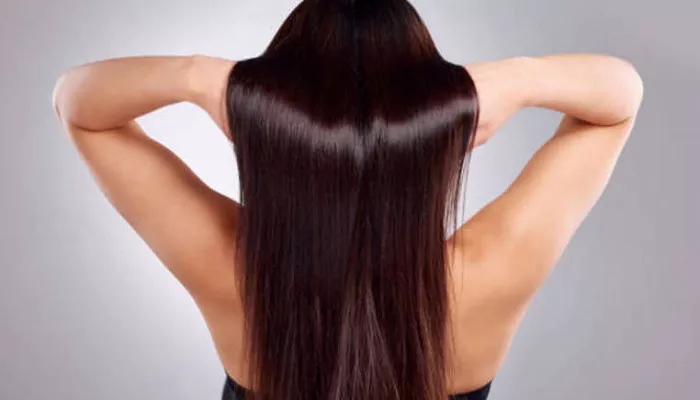While shedding 50–100 hairs a day is normal, noticing more hair fall than usual could signal damage—possibly from hidden habits in your after-shower routine. Even if you’re using the best shampoo or conditioner, what you do post-shower can make or break your hair (literally). Here are three mistakes to avoid immediately to protect your hair from unnecessary loss and long-term damage.
Rough Towel Drying
The mistake: Vigorously rubbing your wet hair with a towel
The risk: Friction, breakage, frizz, and scalp irritation
Why it’s harmful: Wet hair is incredibly fragile because the cuticles are lifted and the strands are more elastic. Rubbing your scalp and hair with a towel creates friction that can snap strands and damage follicles, especially around the hairline.
What to do instead:
Gently blot or squeeze your hair with a microfiber towel or an old cotton T-shirt.
Avoid twisting or wringing your hair aggressively.
Patience pays—gentle drying prevents long-term thinning and breakage.
Brushing Wet Hair
The mistake: Using a regular brush on wet strands
The risk: Breakage, excessive shedding, and split ends
Why it’s harmful: Wet hair stretches more and snaps easily, especially when tugged with a dense-bristled brush. This is a major cause of mechanical damage.
What to do instead:
Air dry your hair partially before detangling.
Use a wide-tooth comb or a brush designed for wet hair (like a detangling brush with flexible bristles).
Start from the ends and work your way up to reduce pulling and knots.
Sleeping with Damp or Loose Hair
The mistake: Going to bed with wet or open hair
The risk: Fungal growth, scalp irritation, friction breakage, and split ends
Why it’s harmful: A damp scalp creates a breeding ground for bacteria and fungi, especially if your pillow stays wet. Tossing and turning also causes friction, which can lead to breakage and tangling—especially if your hair is long or already fragile.
What to do instead:
Make sure hair is completely dry before bed.
Use a silk or satin pillowcase to reduce friction.
Sleep with hair in a loose braid or a protective wrap (like a silk bonnet or scarf).
Bonus: Dealing with Unexplained Hair Loss
If you’re following a good routine and still experiencing hair fall, it could be due to underlying health issues—like stress, hormone imbalances, nutrient deficiencies, or autoimmune disorders. In such cases, it’s vital to consult a dermatologist or trichologist early. The sooner the cause is identified, the better the chances of recovery.
Takeaway
Healthy hair doesn’t stop at the shower. Your post-shower routine plays a critical role in hair retention and strength. By being gentler with your strands and adopting smarter habits, you can preserve your hair’s natural resilience and reduce avoidable breakage—all while giving your hair the best environment to thrive.
Related Topics:
- Hair Expert Reveals Five Common Sleep Mistakes That Could Be Damaging Your Hair
- Hair Surgeon Warns Against Harmful Habit Behind Hair Thinning
- Hair Oiling: Ancient Ritual or Modern Must-Have?


